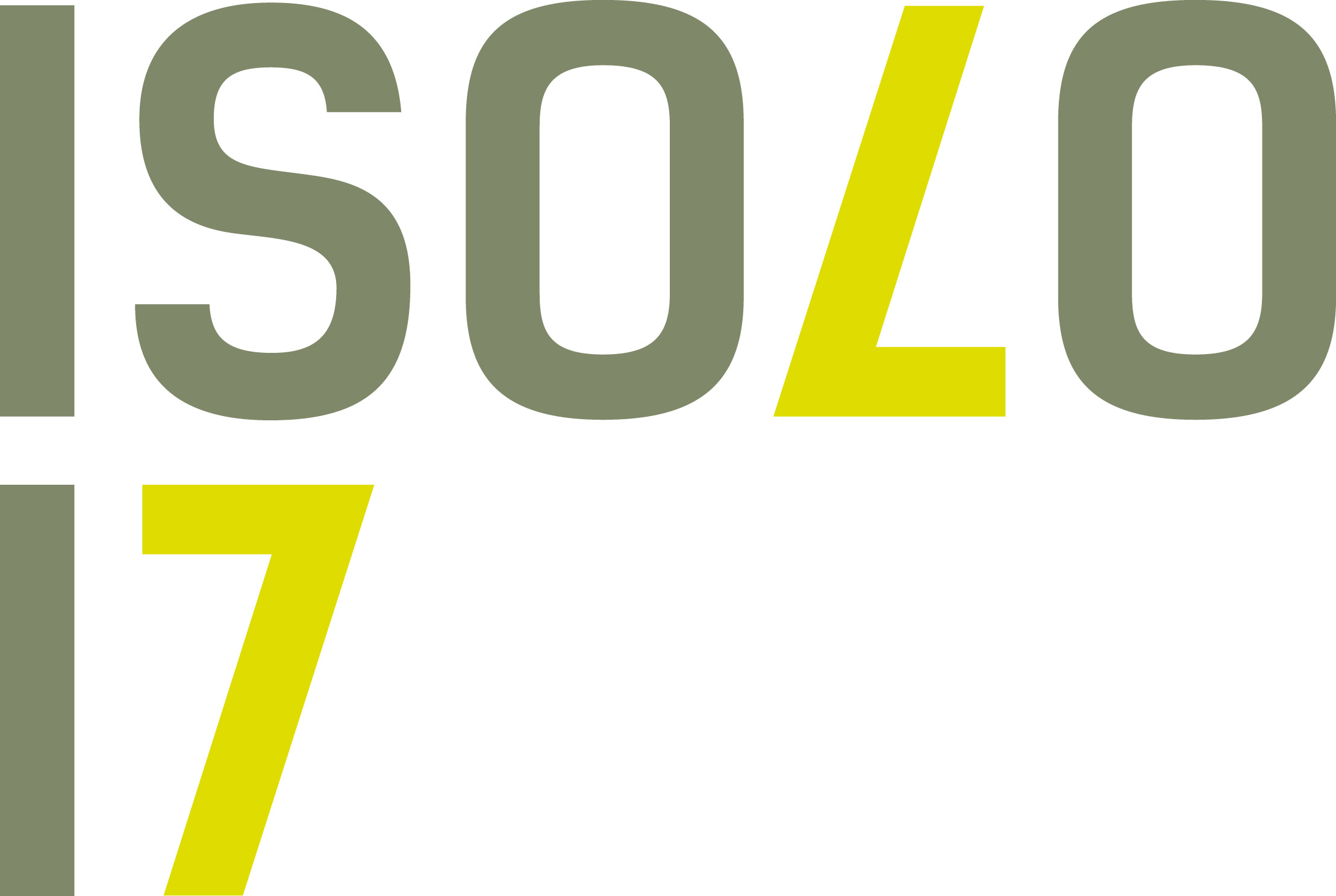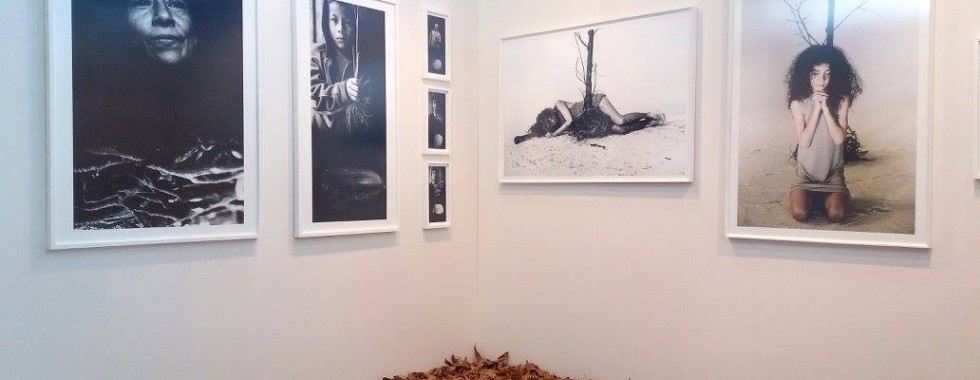MIA PHOTO FAIR 2016 | 28 APRIL – 2 MAY | STAND 38a | THE MALL. MILANO.
GIANLUCA BALOCCO
Artist, Photographer, Writer
THE RESEARCH
Thinking to global warming, sustainability, energy and energy resources availability, environmental pollution, and also to the Future of World and perhaps … of Man, can be painful and without hope!
I would like that Art could make people think, providing hope too thinks and true real dreams for a real and important change, positive and Why not ? Also nice!
As an author and photographer I am involved in anthropology and environment questions
My research considers photography as a reflection of reality which produces the truth: truth is not reality, but what is revealed when reality turns into image.
My photographic shootings originate contemplating the relationship between Man and Environment as well as the connection between the planet’s history and the life of plants.
I recently published (with Editor Aboca Italy) a photo book entitled “Naked Plants”, the result of two working years with cooperation of scientists and researchers (Professor Stefano Mancuso, Researcher PhD Carla Balocco), philosophers and art historians (Professor Riccardo Panattoni, Professor Elio Grazioli, Professor Michael Pollan – NY Usa).
During this experience, I grew and photographed living plants, completely denuded and everyday suspended in places for short periods. (homes, museums, historical monuments, streets, etc.).
This research aimed at revealing the life, intelligence and sensitivity of the plants in a dimension which is unknown to man who are used to confine the world of plants to an apparently unanimated dimension, free from stimuli and behaviors, thus wrongly free of intelligence.
In my next project I will return to the origins of man and his ancestral relationship with nature.
Our lives have forever lost the original psycho-mystical link with nature and with plants.
Our social organization doesn’t recognize the meaning and importance of its relationship to nature anymore although we often discuss ecosystems, respect for the planet and survival of the human species.
In this project I would like to address our natural historical heritage by means of the observation of the forest which is akin to a living archeological site.
The forest has an immense soul which speaks about our origins as the universe.
Plants tell to us the story of mankind in addition to that of the planet.
I believe that scientific research in the field of Biology and Neurobiology is fundamental for progress. However, I am convinced that the interaction between scientific and artistic research can lead to new cognitive paths and develop the “way of investigating the truth”. In order to understand the risks, the weaknesses as well as the possibilities of our future life, I think it is important to develop a holistic and systemic approach to the interpretation of the world, in which the different dimensions of knowledge intersect and ultimately create a new overview.
Consequently, knowledge could have the meaning of “revelation”.
I am also convinced that through the synergism and the combination of different fields of knowledge a greater awareness and responsibility of the essential bond between our life, plants and the environment can be raised among people.
At the end of the day, science and art share a common origin: they originate from man’s curiosity towards nature.
We can study and love nature and plants in different ways and I believe that today we are all here exactly for this purpose.
I think that, in order to go beyond a purely cognitive dimension and access a new dimension in which science and the different fields of man’s knowledge approach the mystery of life and the mystic dimension of knowledge, we should combine as many revelations as possible.
To this regard, nature teaches us that evolution begins with variety, with relationships and often with an event which has not occurred by chance.
Where did the bonds between Western men and the origin of life get lost?
And where does our innate vegetal nature hide? And above all, why do we manage to destroy, by deforesting the planet, exactly what we need to survive?
I would like to discover what remains of the primordial relationship between man and plants as well as to compare two regions of the desert: the natural one where there is life and the other created by man, where every sense is lost.
Even though western culture is pervaded by millions of images, I believe photography (still very young) hasn’t yet exhausted its expressive and cultural potential. Photography, like thought, has a neutral dimension and as such manifests itself only when it meets reality. This medium, like our eyes, is nourished by images and aligns itself perfectly with the mental and neuronic functionings of the human mind. Photography is first and foremost an autonomous language in which images, like words, become the third abstract dimension of a real spatial and temporal field. Photography is not a translatable language (it can only be described or interpreted) and it can only be partially considered a “universal language”. I believe that photography finds its own artistic dimension in the moment in which it fulfils its own abstract codes. In the field of thought defined by image/space/time, our mind is regularly nourished by images and produces its own at such a rate that a very fine line divides experience from imagination and emotion. I would like to add a final consideration about photography: it is an irreplaceable language in the evolution of humankind, a means of understanding both ourselves and the world. In these last few years of research, I’ve become interested in psychology and sociology. I’ve always been attracted to everything dealing with the mind, thought, the subconcious, philosophy. I am convinced that it is in these areas of study that art can practise its collective mission.
BIOGRAPHICAL NOTES
In the early 1980’s I studied photographic techniques and based my artistic research around this medium. In those years I considered photography as a simple means to attain a painterly result. The “photo traces”, for example, are photographic images transformed into pictorial and material compositions that derive from a still frame of cinematographic film. Photography became, in this research, a quick and cold way to replicate the eye and the mind in the moment in which they capture a spatial and temporal moment. In these works the photographic image is not printed with a traditional process of developing on paper, but is created with a cast in plaster from a plastic and metal mould. In these works, photography becomes a simple material trace made of plaster, wool, and paper. In the 1990’s my personal research in photography and video opened a new and important chapter exploring the mind of individuals: photographing the mind as a container of the collective memory. Our thoughts derive from images and translate into emotive and mnemonic states common to all. Fixed images of groups of people create a link between the external photographic vision and the internal mental image of each person who makes up a group. Travelling without a Passport is inspired by Bionian theories about the relationship between memory and emotions. In 1993 I presented the results of my work in the XLV Biennale di Venezia as a photography and video installation. The work evolved from a three-month study of a group of 20 long-term female patients in a psychiatric hospital. A few years later I created a similar work with a group of poets who I met through the Modern Art Museum of Marseille……

CONTATTI
Giovanni Monzon
ISOLO 17 Gallery – Via XX Settembre, 31b 37129 Verona, +39 349 3746379 – spazioisolo17@gmail.com
